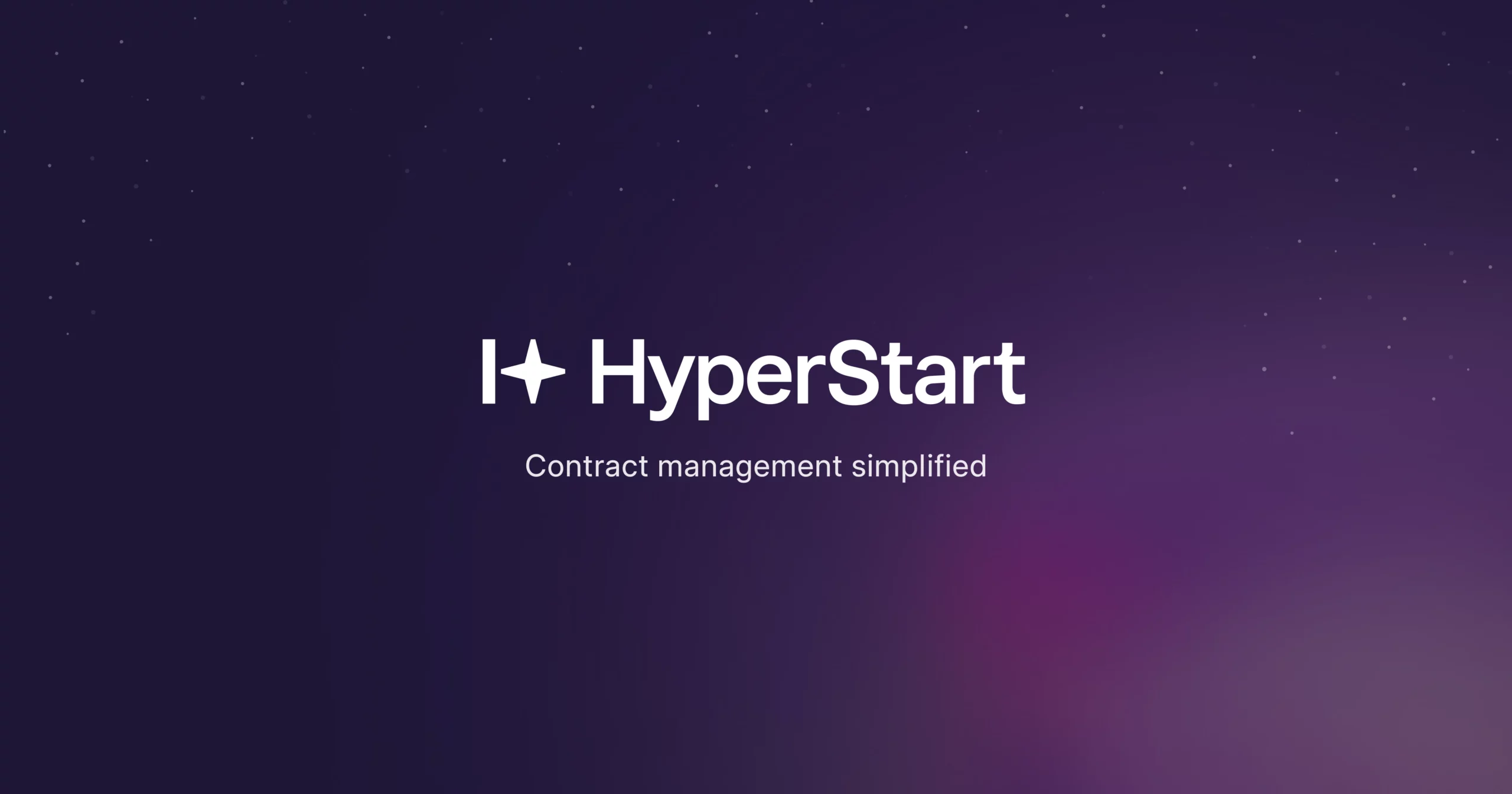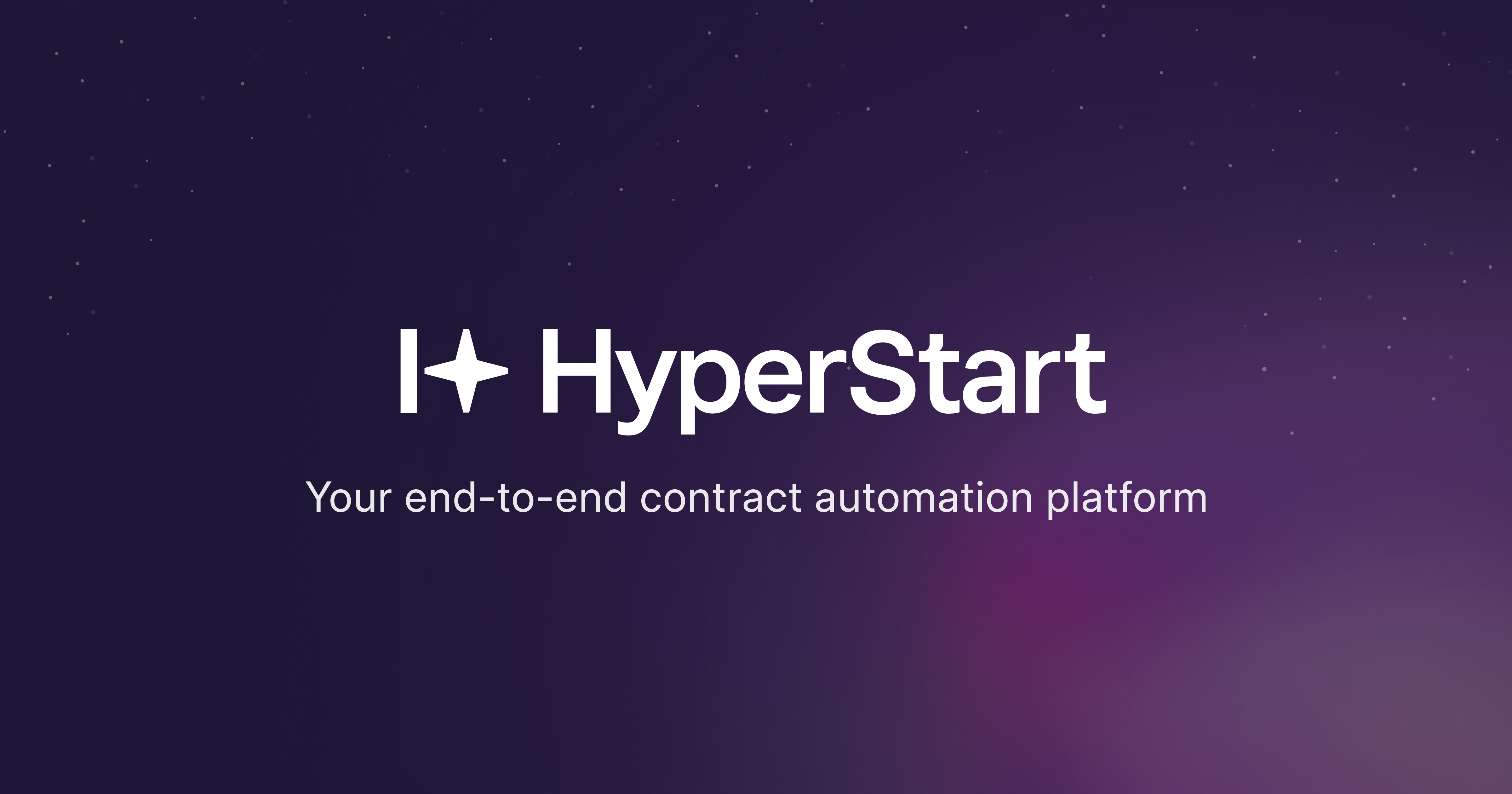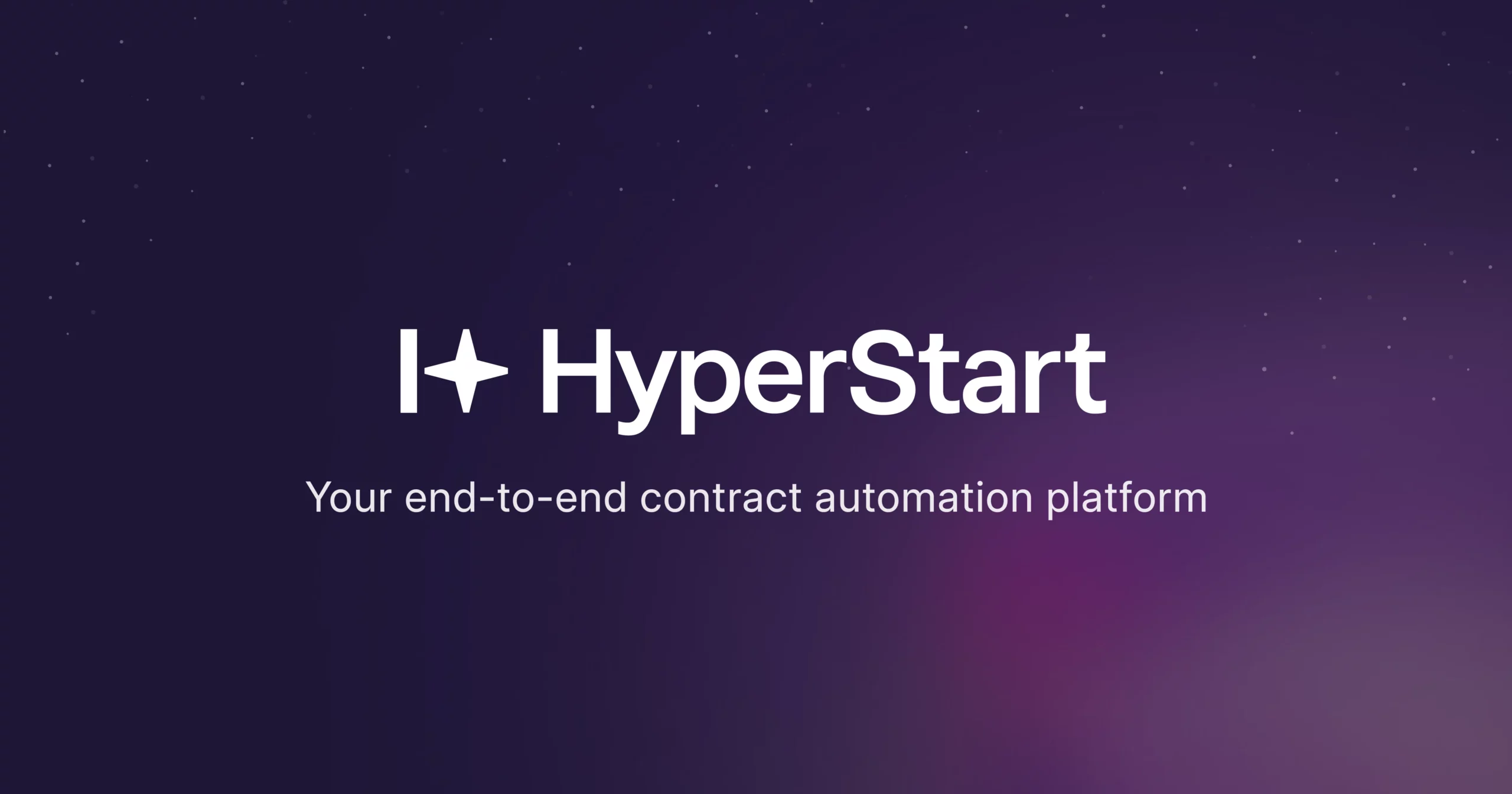If you’ve ever found yourself staring at a document labeled Non-Disclosure Agreement and wondering if it’s any different from a Confidentiality Agreement, you’re not alone. The terms are often tossed around like synonyms, but the truth is, they’re not always interchangeable.
Nearly one-third of the entire workforce is in some way involved in contract management, according to the WorldCC Technology & Software Industry Report. Yet despite that widespread exposure, a common misstep persists—treating a confidentiality agreement and a non-disclosure agreement (NDA) as if they’re the same.
At first glance, they seem interchangeable; both aim to protect sensitive business information. But understanding the nuances of Confidentiality Agreement vs NDA is crucial for avoiding costly legal gaps. Their structure, enforceability, and real-world usage vary in ways that can directly impact your company’s risk posture.
This guide is built for legal teams, compliance officers, procurement managers, and founders navigating complex disclosures. Inside, you’ll uncover:
- The legal and practical differences between NDAs and confidentiality agreements
- The essential clauses that protect your interests—and the red flags to avoid
- When to use one over the other, based on your specific use case
- How to automate and manage these documents at scale without compromising security
Let’s break down so you can choose the right one, every time.
What is a confidentiality agreement?
A confidentiality agreement is a legally binding contract that protects sensitive data exchanged between the involved parties. It ensures that confidential information shared during business discussions remains protected and undisclosed.
In a business relationship, two or more parties may need to exchange confidential information such as financial data, client lists, trade secrets, proprietary information, or technical specifications. The confidentiality agreement ensures that this sensitive information remains secure and is not disclosed to unauthorized parties.
Confidentiality agreements are widely used to safeguard a company’s confidential information during ordinary course business activities. They can be streamlined with automated contract drafting processes with a clause library and pre-configured approval waterfalls.
These agreements help maintain a confidential relationship by defining the information to protect, the limits of permissible use, the parties involved, and dispute resolution mechanisms.
Types of confidentiality agreements
Understanding the types of confidentiality agreements helps clarify when each is most effective.
| Type | Description | Common Scenarios |
| Unilateral (One-way) | Only one party discloses, and the other agrees to protect the confidential information. | Employers sharing trade secrets with new hires, contractors accessing internal data |
| Bilateral (Mutual) | Both parties share and protect sensitive information | Strategic alliances, co-development deals, and vendor onboarding |
| Multilateral | Multiple parties share and receive confidential information | Consortia, investor syndicates, and multi-party negotiations |
General clauses in confidentiality agreements
To make a confidentiality agreement enforceable and practical, several key clauses must be carefully worded.
- Definition of confidential information: Outline what qualifies as proprietary information, including financial data, trade secrets, technical details, intellectual property, client lists, and business plans.
- Purpose of disclosure: Specify that the receiving party may use information confidentially only for specific purposes directly tied to the business relationship.
- Duration of confidentiality obligations: State how long the information must remain confidential, including any survival periods.
- Exclusions: Identify exceptions such as information that becomes public knowledge or must be disclosed by legal obligation.
- Remedies for breach: Define legal remedies for unauthorized disclosure, including injunctive relief and financial penalties, preferably tracked through visible contract edits using tools like redlining in Google Docs.
With the foundation of confidentiality agreements set, let’s turn our attention to NDAs, where the stakes and legal complexity are usually higher.
What is an NDA (Nondisclosure Agreement)?
A Non-Disclosure Agreement (NDA) is a legal contract that prevents parties from disclosing or misusing sensitive data shared between two parties, ensuring full protection of their confidential information.
NDAs are typically used when the potential impact of leaked data is significant—think product source code, unreleased designs, patentable intellectual property, or confidential business information.
Compared to standard confidentiality agreements, NDAs are:
- More formal, often requiring legal counsel to draft
- More specific, defining exactly what data is shared and how it can be used
- More enforceable, offering stronger legal protection in court
Where NDAs are commonly used:
Let’s explore the practical scenarios where NDAs play a critical role in protecting business interests.
| Scenario | Purpose |
| Mergers & Acquisitions (M&A) | To protect financials, client rosters, and internal projections |
| Licensing Deals | When sharing IP, like software code, designs, or trade secrets |
| Investor Discussions | Especially in early-stage startup pitches and due diligence |
| Product Co-development | To prevent idea theft during technical collaborations |
| Employee Contracts | For roles involving access to sensitive business knowledge |
Every NDA. Total control.
HyperStart automates NDAs from creation to completion. Track them in bulk on one In-flight Dashboard.
Book a DemoConfidentiality agreement vs NDA: Key differences
By now, it’s clear NDAs and confidentiality agreements serve similar purposes but aren’t always interchangeable. The real difference comes down to formality, risk, and context.
Let’s break it down:
| Feature | NDA (Non-Disclosure Agreement) | Confidentiality Agreement |
| Formality | Highly formal; often requires legal counsel | Less formal, frequently standardized |
| Use Case | High-risk situations like M&A, IP licensing, and investor pitches | Routine disclosures with vendors, contractors, or employees |
| Scope | Narrowly defined (e.g., source code, patent filings, trade secrets) | Broad (e.g., client lists, internal docs, pricing models) |
| Enforceability | Strong legal backing; includes detailed remedies and jurisdiction | Legally binding, but may lack detailed enforcement clauses |
| Risk Level | High (data misuse could cause lawsuits or IP theft) | Moderate (often operational risk or reputational impact) |
| Clauses Required | Purpose, scope, exclusions, non-use, legal remedies, jurisdiction | Definition of information, duration, purpose, and exclusions |
| Drafting Requirement | Often drafted or reviewed by legal professionals or automated through AI contract drafting, which accelerates document creation with better accuracy. | Can be managed with templates and approval workflows |
Though they serve different purposes, the two agreements do have some important similarities.
Similarities between NDA and confidentiality agreement
Both contracts benefit from structured contract metadata that clearly defines key terms, clauses, and obligations throughout the contract lifecycle. Here’s what they have in common:
1. Protection of confidential & proprietary information
Both agreements are used to protect confidential disclosure agreements that cover: Trade secrets, technical information, client data, pricing models, and intellectual property (IP).
- Trade secrets
- Client data
- Pricing models
- Intellectual property (IP)
- Product roadmaps
- Internal business strategies
2. Definition of confidential information
NDAs (and confidentiality clauses in other agreements) almost always contain a requirement that the recipient destroy confidential information received from the discloser at the end of the term or upon request.
Seems reasonable enough! Why wouldn’t the recipient just destroy information it’s not supposed to have anyway?
There are 2 things that many companies have that create problems with a clause like this:
- 1. Automated data archiving/backups are in place.
2. Document retention policies.
Retrieving, identifying, and destroying data from backups can be time-consuming.
And document retention policies generally exist for compliance/risk reasons – destroying data that is supposed to be retained could potentially create issues.
— Shaun Sethna, General Counsel at the L-Suite
Each contract clearly outlines what information is covered and what’s excluded (e.g., public information, independently known data, court-ordered disclosures).
3. Duration of confidentiality obligations
Includes:
- A defined timeframe (e.g., 1–5 years)
- Survival clauses that extend obligations beyond contract termination
In International Business Machines Corp. v. Papermaster (2008), IBM sued its former executive who left for Apple, alleging that even without directly disclosing any trade secrets, his new role would inevitably lead him to draw on IBM’s confidential knowledge. The court applied the inevitable disclosure doctrine and temporarily barred Papermaster from joining Apple.
Read the full case study
4. Legal remedies for breach
Both agreements allow the disclosing party to take legal action if confidentiality is violated. Common remedies include:
- Injunctive relief
- Monetary damages
- Reimbursement of legal fees
5. Support for regulatory compliance
In industries governed by laws like GDPR, HIPAA, or PCI-DSS, these agreements demonstrate a company’s proactive approach to:
- Data privacy
- Security audits
- Vendor risk management
“Is this the latest version?” should never be a question.
HyperStart’s version control means no more mystery PDFs floating across devices and tools. Every change is logged, synced, and ready for audit time.
Book a DemoNow that you know what they have in common, let’s explore how to choose the right one for your situation.
When to use a confidentiality agreement vs an NDA
Choosing between a confidentiality agreement and an NDA is a key part of risk management. Start by understanding the types of contracts your business typically handles to define your baseline. Let’s break it down:
Use an NDA when
- Disclosing proprietary information, trade secrets, or intellectual property (e.g., patents, algorithms, source code, technical specifications)
- During mergers & acquisitions (M&A) or complex transactions with multiple parties
- Discussing investments with potential investors, VC firms, or private equity groups
- Engaging in product development, research collaborations, or joint ventures where sensitive information is exchanged
- Licensing intellectual property or know-how to third parties
- Any scenario where misuse of confidential information could cause an impact on financials or chip away competitive edge
Use a confidentiality agreement when
- Onboarding employees, contractors, or freelancers who handle internal client lists, pricing models, financial data, or internal systems typically involves signing employment contracts or customized HR contract templates to safeguard confidentiality
- Working with vendors or service providers who require limited access to sensitive information or proprietary information
- Sharing marketing plans, business strategies, or financial information with business partners or consultants
- Managing routine business relationships where disclosure risks exist but carry moderate consequences, often governed through vendor contract management workflows
- Protecting the company’s confidential information across daily operations with controlled access to private information
And if you’re still unsure, this quick decision-making framework will help you decide.
- Could a leak cause lawsuits, brand damage, or IP theft? → Go for an NDA
- Is this about routine info with moderate risk? → Go for a confidentiality agreement
But what if your situation demands both? Let’s look at how they can work together.
Are confidentiality agreements and NDAs legally binding?
Yes—when drafted properly, both NDAs and confidentiality agreements are fully enforceable contracts. But enforceability hinges on clarity, fairness, and local laws. Courts don’t care about labels. They care about specifics.
So what makes them legally sound?
| Legal Element | Why It Matters | Quick Tip |
| Defined Confidential Info | Courts reject “everything is secret” language. | Be explicit—list what qualifies. |
| Reasonable Scope & Duration | Overreaching terms are often thrown out. | Stick to 1–5 years. Tie it to business needs. |
| Mutual Consent & Signatures | Everyone must know what they’re agreeing to. | Confirm legal authority to sign. |
| Jurisdiction Fit | Contracts must align with local laws. | Customize for cross-border enforceability. |
Cross-border enforcement considerations
When contracts involve international parties, local contract laws and privacy regulations play a significant role in enforceability:
- United States courts generally enforce NDAs but scrutinize restrictive covenants for fairness and scope.
- The European Union’s GDPR may override confidentiality terms that conflict with data subject rights
- Asian jurisdictions like China and India often require more narrowly tailored non-compete or confidentiality clauses.
In global transactions, failing to align agreements with local law increases the risk of partial or full non-enforcement.
What can go wrong with NDAs and confidentiality agreements?
Whether you’re drafting an NDA or a confidentiality agreement, certain clauses form the legal backbone of the document. Missing or poorly written clauses can leave serious gaps in protection. Businesses invest in AI-powered contract drafting to eliminate human error and bulk process agreements at high velocity.Here’s what every NDA or confidentiality agreement must include to hold up in court:
| Clause | Why it Matters | Pro Tip |
| Scope of Info | Defines what’s protected | Avoid “all information” – specify data types |
| Purpose of Disclosure | Limits are used in a specific context | State the exact reason the info is shared |
| Duration | Sets how long info stays protected | Typical: 1–5 years, plus survival clause |
| Exclusions | Clarifies what’s not confidential | Public data, legally compelled disclosure, etc. |
| Breach Remedies | Details of legal consequences | Include injunction + monetary damages |
| Governing Law & Jurisdiction | Establishes where disputes are resolved | Use arbitration if speed is key |
| Return/Destruction Obligations | Defines what happens at contract end | Include deletion confirmations or return clauses |
How HyperStart contract management software helps
Managing NDAs and confidentiality agreements manually—via email, Word docs, or disconnected folders—creates serious risks: version confusion, missing approvals, and lack of audit trails. HyperStart, being one of the best AI-powered contract management software, solves these challenges with an end-to-end contract lifecycle management platform designed for legal, procurement, and compliance teams.
| Capability | How HyperStart solves key challenges |
| Centralized Contract Repository | All NDAs and confidentiality agreements are stored in a secure, searchable system, tagged by counterparty, type, and metadata. |
| Pre-approved Templates & Clause Libraries | Legal teams eliminate drafting errors with precedent language and jurisdiction clauses |
| Dynamic Approval Workflows | Agreements are automatically routed to the right stakeholders based on contract type, contract value, risk profile, and geography |
| Real-time Version Control | Every edit, comment, and approval is time-stamped and logged, so only the latest version is signed. This eliminates the version chaos and risk from manual legal document version control. |
| Integrated Negotiation Tools | Internal and external edits and comments and legal redlines happen on a browser-native Word editor. Contract negotiations fly faster. |
| eSignature & eStamping Support | Supports Docusign, Aadhaar eSign, OTP-based approvals, and regional eStamping requirements. |
| Automated Renewal & Expiry Reminders | Built-in alerts for expiration dates, obligation deadlines, and renewal timelines to automate managing contractual obligations at scale. |
| Audit-Ready Reporting | Fully visible approval history or workflows, and clauses for full contract compliance critical for internal and external audits. |
How LeadSquared Streamlined NDAs with HyperStart
LeadSquared, a fast-growing SaaS company, faced growing complexity managing hundreds of NDAs and confidentiality agreements across multiple departments and global regions. Manual processes led to version confusion, delays in approvals, and audit challenges.
With HyperStart’s AI-powered contract management platform, LeadSquared:
Result: Legal and procurement teams now handle NDAs at scale without sacrificing control or compliance, freeing up resources for strategic work.
Book a demo and see how HyperStart simplifies every stage of the contract lifecycle from intake to execution to renewals.










